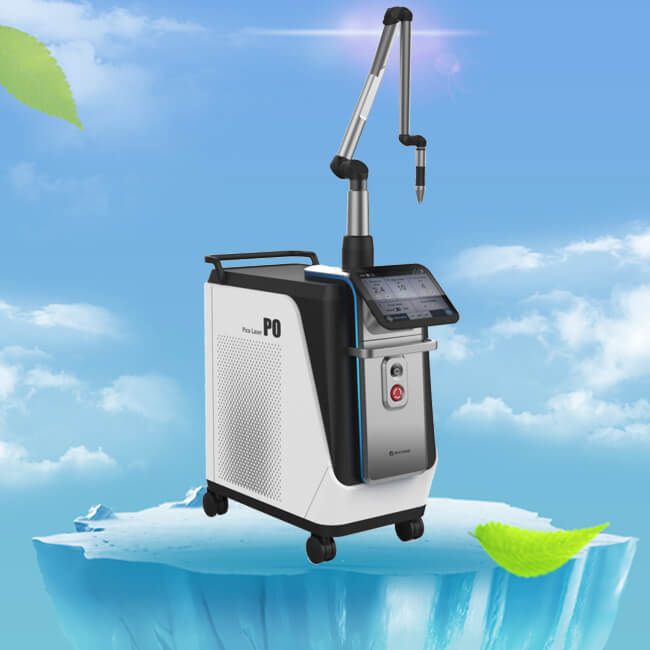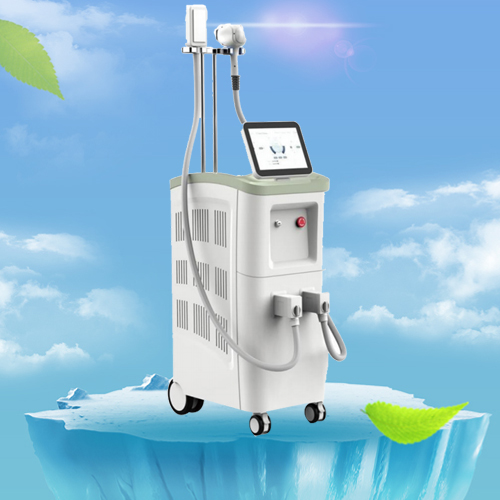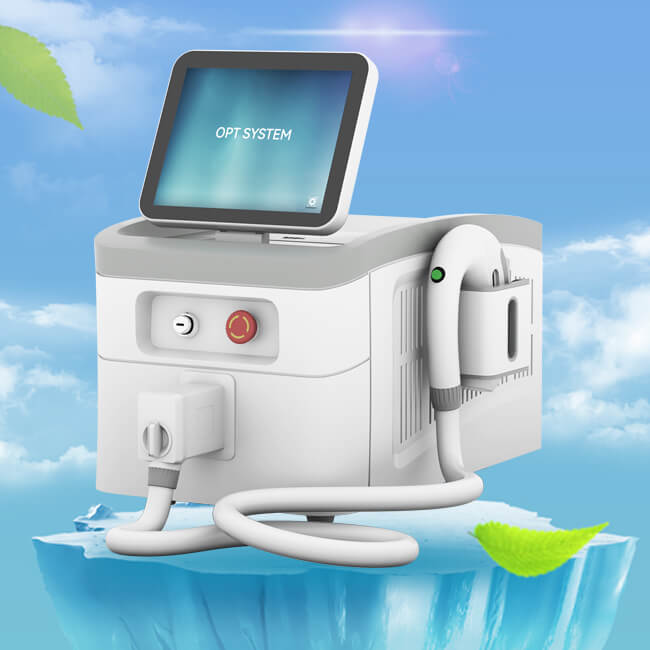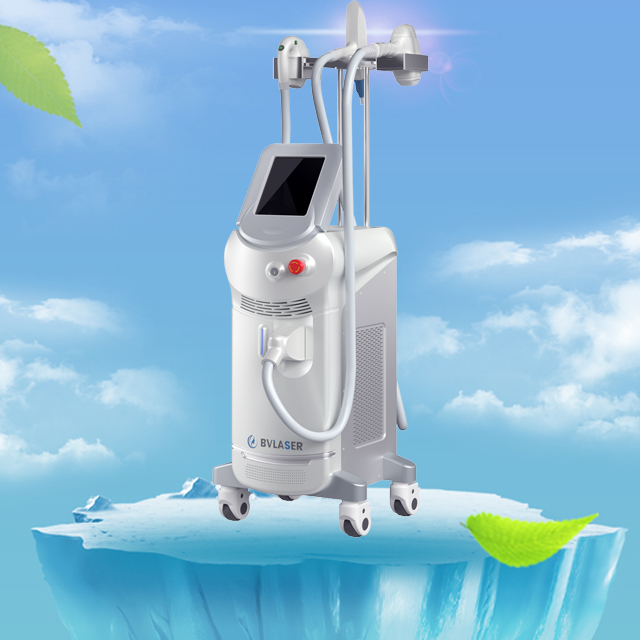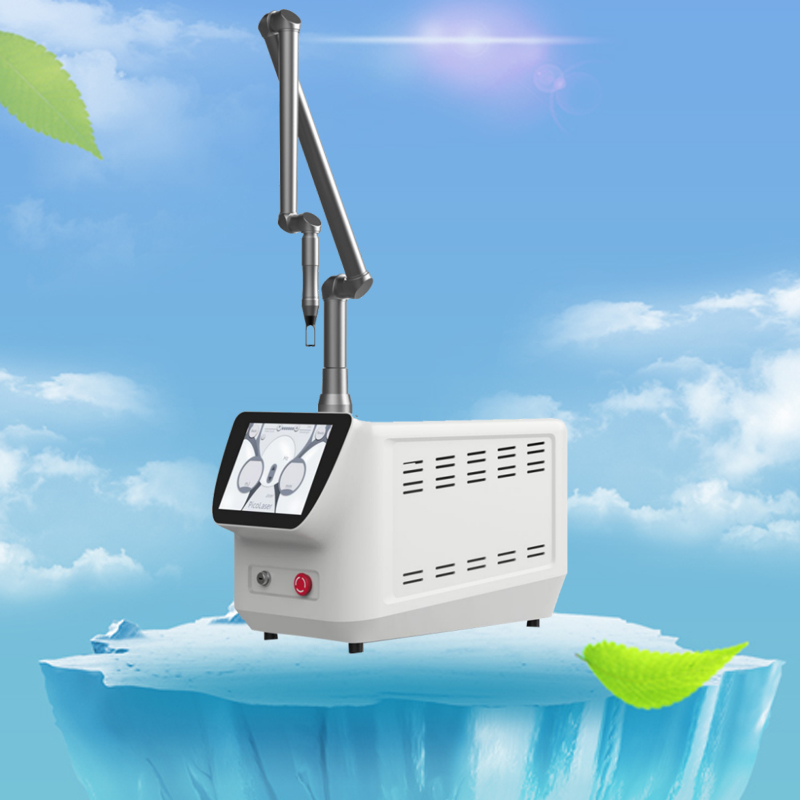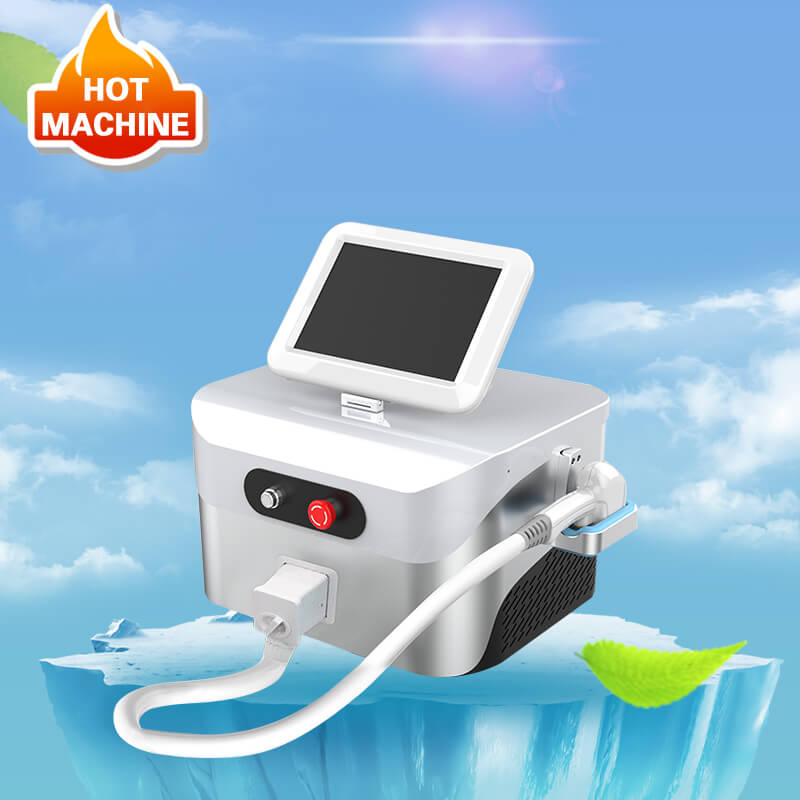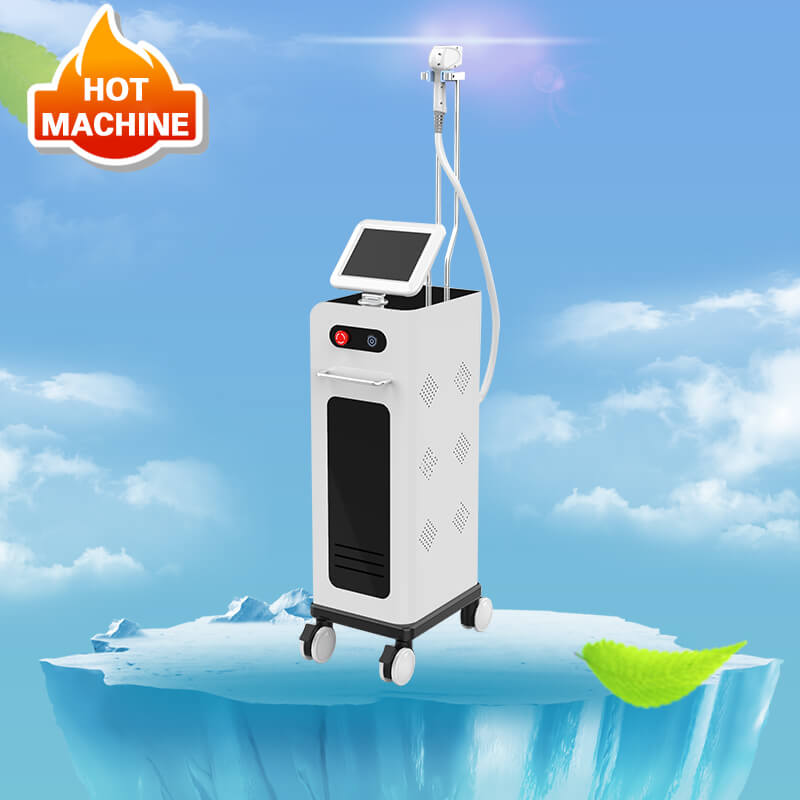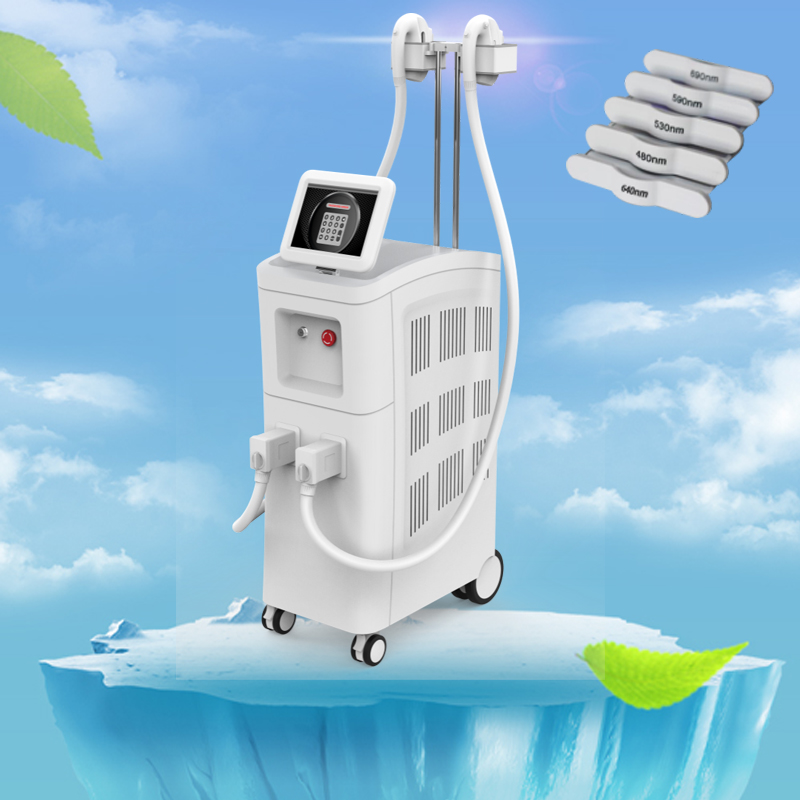The best results of laser hair removal treatment
Author:baishilf Time:2024-04-03 14:36:24
Diode laser hair removal machine is a medical procedure that uses a concentrated beam of light (laser) to remove unwanted hair. Bestview Laser is a professional laser hair removal machine manufacturer, we have the best laser hair removal machine for sale.
During laser hair removal, a laser emits a light that is absorbed by the pigment (melanin) in the hair. The light energy is converted to heat, which damages the tube-shaped sacs within the skin (hair follicles) that produce hairs. This damage inhibits or delays future hair growth.

The best results of laser hair removal treatment
Laser hair removal is used to reduce unwanted hair. Common treatment locations include legs, armpits, upper lip, chin and the bikini line. However, it’s possible to treat unwanted hair in nearly any area, except the eyelid or surrounding area. Skin with tattoos should not be treated either.
Hair color and skin type influence the success of laser hair removal. The basic principle is that the pigment of the hair, but not the pigment of the skin, should absorb the light. The laser should damage only the hair follicle while avoiding damage to the skin. Therefore, a contrast between hair and skin color — dark hair and light skin — results in the best outcomes.
The risk of damage to skin is greater when there is little contrast between hair and skin color, but advances in laser technology have made laser hair removal an option for people who have darker skin.

The side effect risks of laser hair removal
Risks of side effects vary with skin type, hair color, treatment plan and adherence to pre-treatment and post-treatment care. The most common side effects of laser hair removal include:
1.Skin irritation. Temporary discomfort, redness and swelling are possible after laser hair removal. Any signs and symptoms typically disappear within several hours.
2.Pigment changes. Laser hair removal might darken or lighten the affected skin. These changes might be temporary or permanent. Skin lightening primarily affects those who don’t avoid sun exposure before or after treatment and those who have darker skin.
3.Rarely, laser hair removal can cause blistering, crusting, scarring or other changes in skin texture. Other rare side effects include graying of treated hair or excessive hair growth around treated areas, particularly on darker skin.
Laser hair removal isn’t recommended for eyelids, eyebrows or surrounding areas, due to the possibility of severe eye injury.
How you prepare before laser hair removal
If you’re interested in laser hair removal, choose a doctor who’s board certified in a specialty such as dermatology or cosmetic surgery and has experience with laser hair removal on your skin type. If a physician assistant or licensed nurse will do the procedure, make sure a doctor supervises and is available on-site during the treatments. Be cautious about spas, salons or other facilities that allow nonmedical personnel to do laser hair removal.
Before laser hair removal, schedule a consultation with the doctor to determine if this is an appropriate treatment option for you. Your doctor will likely do the following:
1.Review your medical history, including medication use, history of skin disorders or scarring, and past hair removal procedures.
2.Discuss risks, benefits and expectations, including what laser hair removal can and can’t do for you.
3.Take photos to be used for before-and-after assessments and long-term reviews.
The doctor will also offer specific instructions to prepare for laser hair removal. These might include:
1.Staying out of the sun. Follow your doctor’s advice for avoiding sun exposure before and after treatment. Whenever you go out, apply a broad-spectrum, SPF30 sunscreen.
2.Lightening your skin. Avoid any sunless skin creams that darken your skin. Your doctor might also prescribe a skin bleaching cream if you have a recent tan or darker skin.
3.Avoiding other hair removal methods. Plucking, waxing and electrolysis can disturb the hair follicle and should be avoided at least four weeks before treatment.
4.Avoiding blood-thinning medications. Ask your doctor about what medications, such as aspirin or anti-inflammatory drugs, to avoid before the procedure.
5.Shaving treatment area. It removes hair above the skin that can result in surface skin damage from burnt hairs, but it leaves the hair shaft intact below the surface.
During the laser hair removal treatment
The doctor will press a hand-held laser instrument to your skin. Depending on the type of laser, a cooling device on the tip of the instrument or a cool gel might be used to protect your skin and lessen the risk of side effects.
When the doctor activates the laser, the laser beam will pass through your skin to the hair follicles. The intense heat from the laser beam damages the hair follicles, which inhibits hair growth. You might feel discomfort, such as a warm pinprick, and you’ll likely feel a sensation of cold from the cooling device or gel.
Treating a small area, such as the upper lip, might take only a few minutes. Treating a larger area, such as the back, might take more than an hour.
After the laser hair removal treatment
You might notice redness and swelling for the first few hours after laser hair removal.
To reduce any discomfort, apply ice to the treated area. If you have a skin reaction immediately after laser hair removal, the doctor might apply a steroid cream to the affected area.
After laser hair removal and between scheduled treatments, avoid sunlight and don’t use a tanning bed for six weeks or as directed by your doctor. Use a broad-spectrum SPF30 sunscreen daily.





